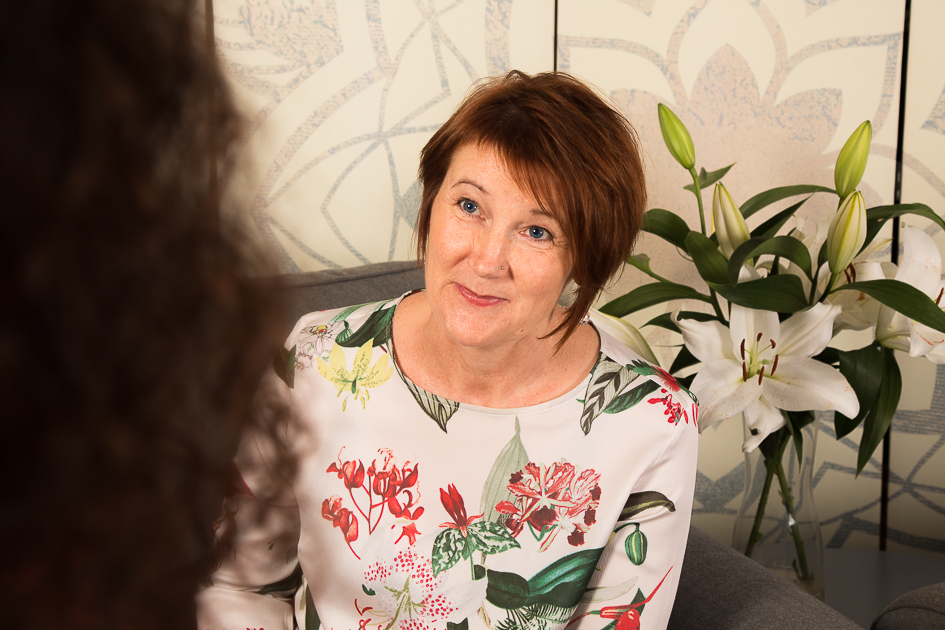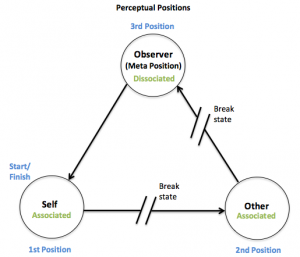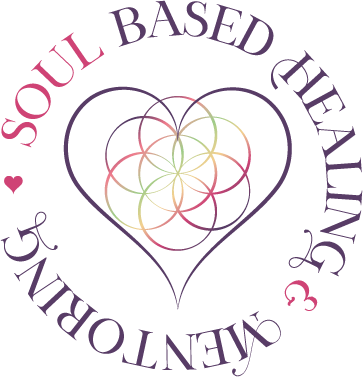Connection is one of my core values and something that I bring into everything I do. There is a beautiful quote by SC Lourie, the poet and founder of Butterflies and Pebbles, about how she craves connection more than anything else.

“As I get older, I crave connection beyond it all.
More than favours, or bliss.
I yearn for connection, my soul quietly always.
Just to know, to feel in the blood flowing through me that I am seen and not seen through.
That I am truly seen and not projected on.
That I am me, the human being that I am is seen rather than people seeing what they want to see.
And that I see them, truly see them.
That there we are.
No I and no you.
Just as we are.
In our sadness, our joy, our chaos, and our peace, connected.
One. Hearts naked. Connection.”
Let’s deal with the last part first, not wanting people to see what they want to see. The bad news is that we have absolutely NO control of how people see us, and therefore NO control over what they want to see.
We are NOT them and they are NOT us.
The good news is that we can accept the fact that we have no control over other people, by telling ourselves that everyone is doing the best they can (including us), that we all chose to come to Earth at this time and we all need to experience certain things in order to grow, and that we all have different filters or ways of seeing others, that depend on how we were brought up and the life experiences we have had.
Now for the first part: I long to be seen and not seen through, seen, and not projected on. So how do we do this?
Well, nearly 6 years ago, I decided that I was going to show up as my authentic self, to be really seen for who I am, for who my soul is. I was able to take this step as I had been working on my own personal development for nearly 10 years prior to this and had experienced a lot of heart-wrenching situations, mainly with my close family, but also with people who I thought were close friends.
During these times, I was forced to go really, really deep, and face all my fears – fear of rejection and injustice, which then led to feelings of anger, deep sadness and frustration.
Knowing that I had no control over others, I chose to work on accepting myself with all my flaws (meditation and journaling helped me greatly) and doing what I felt was right (and therefore counteracting rejection and injustice).
This took time, but the great thing was that I also stepped out of my comfort zone during this period, enrolled on a few training courses, went away on my own for 2 weeks and started connecting with like-minded souls.
Baring all seemed easier and easier and became essential for me to grow.
To my surprise, in doing so, the people who had been holding me back moved out of my life as if by magic, and those who are my tribe moved in, to make it much brighter and lighter, and to encourage me to step into my light.
BEING SEEN AND NOT SEEN THROUGH can be done by practising active listening, a technique that forms the basis of successful relationships, requiring you to listen with all your senses and conveying your interest to the speaker through verbal and non-verbal cues (maintaining eye contact, smiling, saying Mmm hmm, for example). If you actively listen to someone, chances are that they will do the same for you!
BEING SEEN AND NOT PROJECTED ON involves you questioning things that others may say to you that just don’t fit. Instead of asking them WHY, which automatically leads to a justification or even an argument, ask them WHAT MAKES THEM SAY THAT.
This opens up the conversation to a constructive discussion, during which you will more often than not be able to speak your truth and be heard, and therefore get rid of any projections coming from the other person. If this doesn’t work, just remember that they are simply projections, and a reflection of the other person’s state of mind, not reality.
In my experience, if that person is here to stay with you, your truth will be heard and accepted, and if not, well…
I used to be afraid of having no friends, of being alone, of not being liked/loved for who I am and have to smile now when I realize that letting go of these fears has actually brought me more friends who show me that they like/love me for who I am and encourage me to go even further on my path of self-development.
If you’re longing to be seen for who you really are, I can help you. My healing and mentoring services are tailored to your own specific needs and desires, no one else’s. I can take you from feeling lost and burnt-out to confident and at peace, from feeling so much doubt and dutybound to fulfilled and full of self-love, from feeling overwhelmed by your emotions and fragile to feeling free and on the right path, your path.
I’m just a call away – please take that leap of faith and book yourself in today.
I see you xxx




